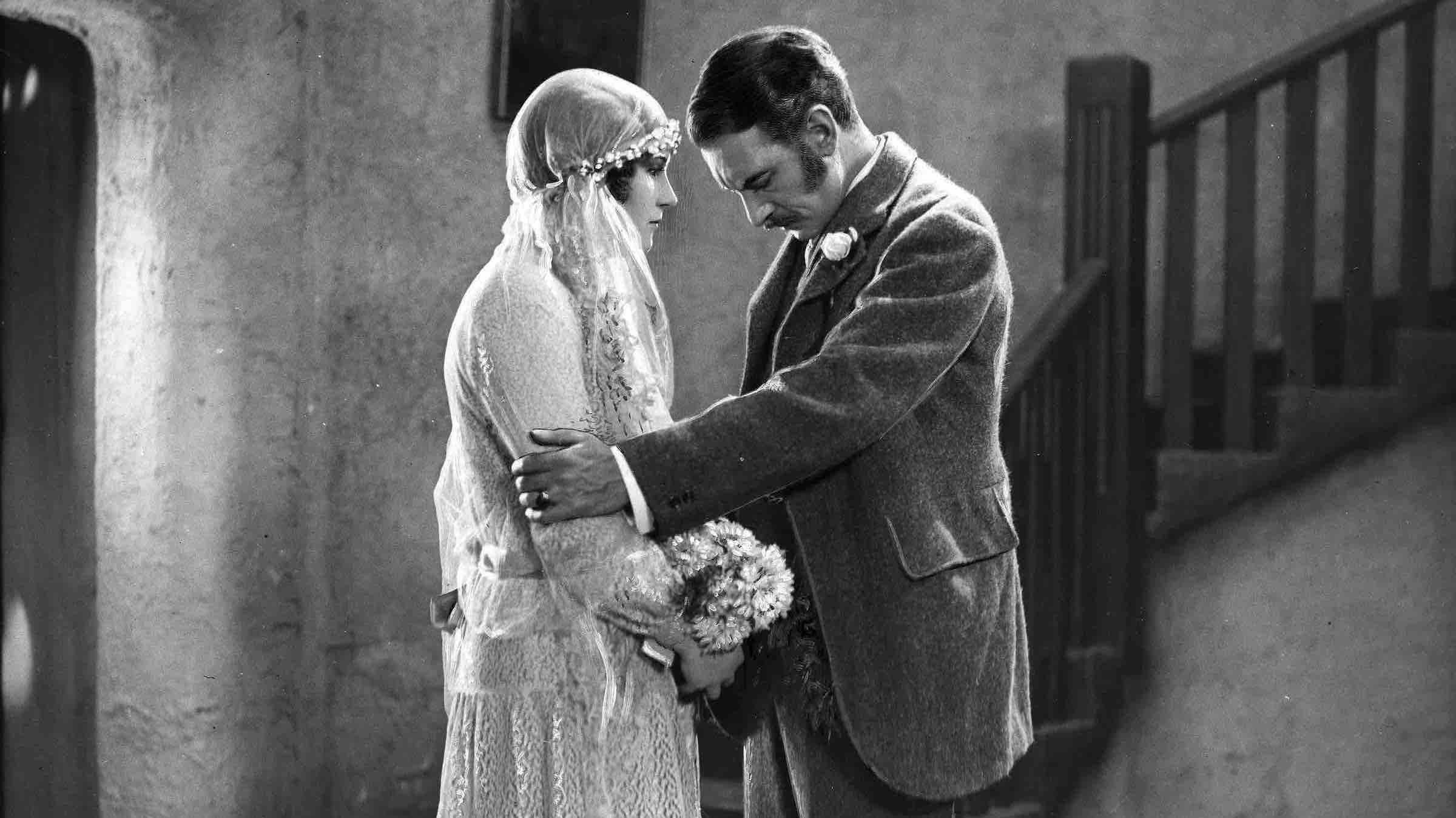A widowed landowner decides to marry again. With the aid of his faithful housekeeper he draws up a list of all the eligible women in the neighborhood, and goes wooing each in turn, with disastrous results.
A romantic comedy in a rural setting is about as far as you can get from a typical Hitchcock film, although he did make a couple of other forays into the romantic comedy genre over the course of his career, with Champagne later in the same year, a gentle screwball Mr. and Mrs. Smith (1941) and The Trouble with Harry (1955). Hitchcock had got into the habit of dismissing his early works, particularly the adaptations, by the time of the famous, much-quoted interviews with Truffaut and Bogdanovich, which helps to explain why it isn’t well known, but The Farmer’s Wife is a deceptively subtle film and one of Hitchcock’s most enjoyable early works, with good performances, superior settings, lovely locations and the kind of gentle comedy, coupled with farce, beloved of British audiences.
The story, adapted from Eden Phillpott’s hit play set in the West Country, concerns Farmer Sweetland (Jameson Thomas), a widowed farmer, and his search for a new wife. In essence, it is a finely judged battle-of-the-sexes comedy and the story of the humbling of an arrogant man, given some depth by the poignancy of the opening scene where Sweetland contemplates a lonely future amid the bustle of his daughter’s wedding feast. In pursuit of the perfect spouse, the irascible Farmer, with the help of his quietly competent housekeeper Araminta (Lilian Hall-Davis), makes a list of suitable candidates of his rank and proceeds to woo them, disastrously, in turn. There are moments of farce, courtesy of Gordon Harker hamming it up as the work-shy farmhand, Churdles Ash, and a toe-curling party scene in which talented comedienne Maud Gill reprises her successful comic turn as Thirza Tapper from the original West End run. The run of humiliating rejections Sweetland endures finally strips him of his self-defeating pride and allows him to see what we have long since understood: that his ideal bride has been in front of his nose all along.
The gentle and dignified Lilian Hall-Davis, who had just recently appeared to such acclaim in The Ring was a good choice to star opposite Jameson Thomas. Hitchcock also brought in Gordon Harker once again to spice up the comic element. The gorgeous locations were filmed on the edge of Exmoor near Minehead, standing in for Widecombe, on Dartmoor, which was Phillpott’s original setting and the farmhouse was recreated in painstaking detail in the studio with four walls so that Hitchcock and cameraman Jack Cox could do longer tracking shots for greater realistic effect. Hitchcock waxed lyrical to the Daily Herald about the painstaking detail of the sets, “Mr. Hitchcock was pardonably proud of the spit in the kitchen—a true Devonshire kitchen.” Contemporary reviewers were enthusiastic: the Sunday Graphic wrote “If its only use were to show Devonshire scenery to the world, the screening of The Farmer’s Wife would be worthwhile; but Alfred Hitchcock has made a delightful picture of Philpott’s comedy. This is surely the kind of film that is typically English and yet can hold some appeal for the world. You must see it.”
The Restoration
The Farmer’s Wife is one of several of the Hitchcock silent films for which the original negative does not survive. Working from later duplications of that negative made in the 1960s, the restoration team’s principal challenge was to ensure that the film looked as much as possible like the original. Work on The Farmer’s Wife accordingly focused on meticulous grading and on a precise calibration to record the image data back to a new film negative. This has ensured that the new prints have the correct contrast and texture. As well as minimizing scratches and damage printed in from the original, some work was done to restore Hitchcock’s trademark dissolves, such as when the camera moves seamlessly from a long shot of a house through the window to the inside. This elegant dissolve had been stored in the negative ‘unmade’ i.e. the constituent parts had not been combined in the printing process so that the shot didn’t cross fade and flow as intended. As with most of the other silent Hitchcock restorations the intertitles have been reconstructed using alphabets constructed from the original lettering and exact layout.
A Rialto Pictures Release • 107 minutes • DCP
Restoration by BFI National Archive in association with STUDIOCANAL
Principal restoration funding provided by Matt Spick, with additional funding provided by Deluxe 142
Presented at The Hitchcock 9 event in 2013 with live music by Stephen Horne

